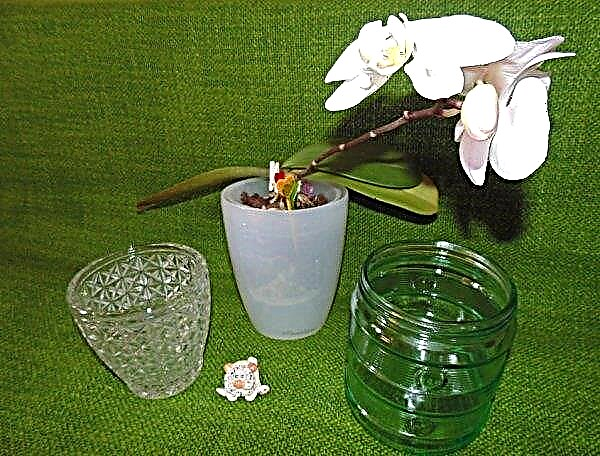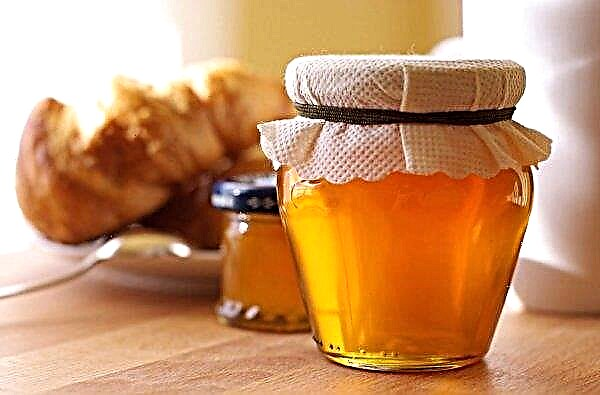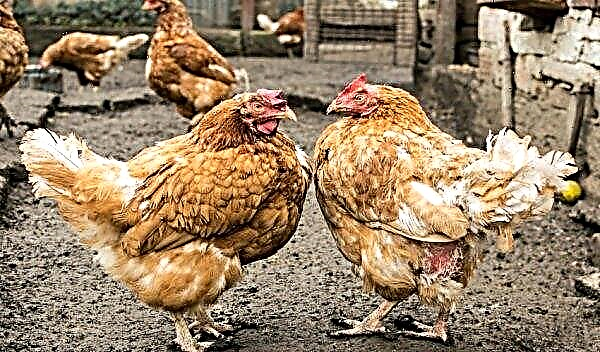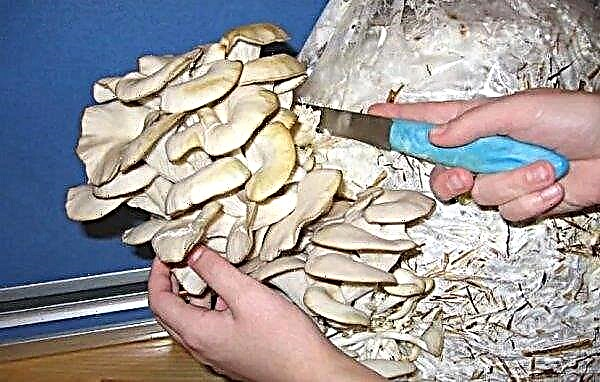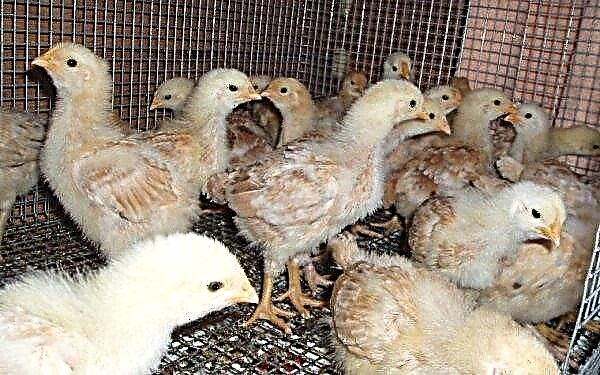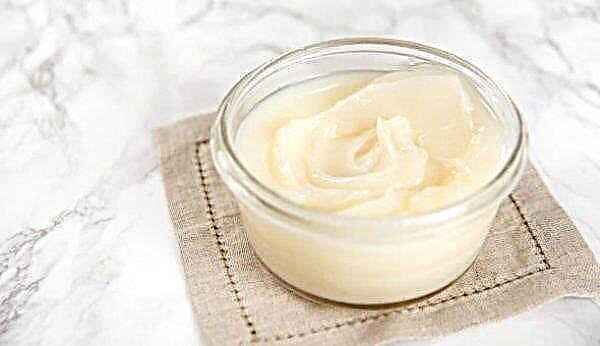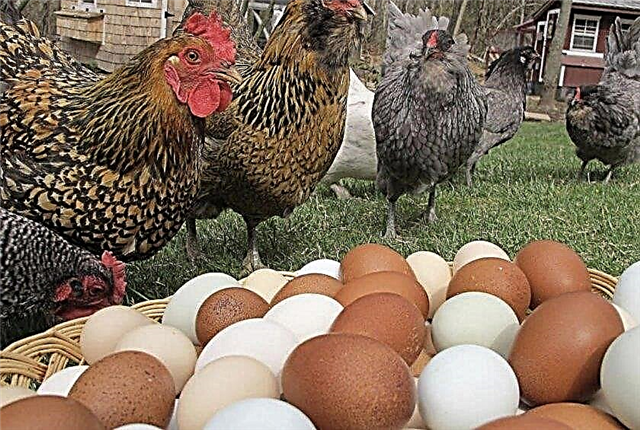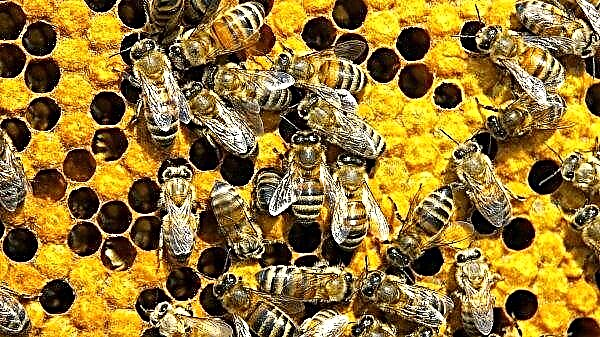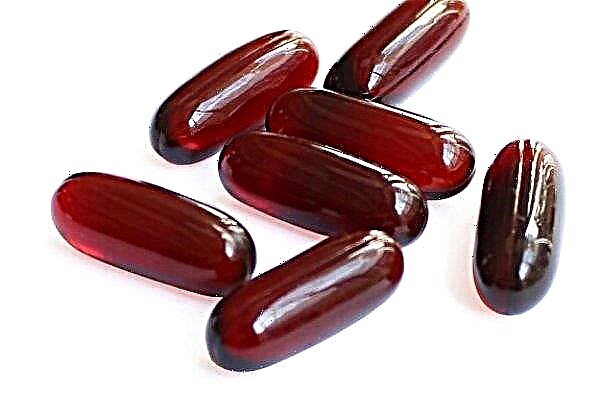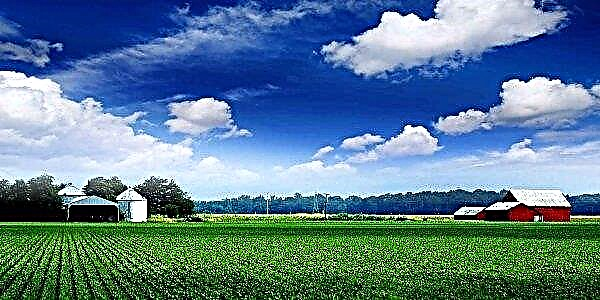The high demand for potatoes is forcing breeders to develop constantly new varieties with improved characteristics. These varieties include potato Natasha. He has a lot of advantages and almost no shortcomings. What else is interesting this variety, we will tell further.
Selection history
The exact history of the origin of potato Natasha is not known. There is only information that the German company Solana was engaged in its breeding. It was at the beginning of this century. But here are the varieties used as the basis - no data. Potato Natasha came to Russia in 2013.
Characteristic and Description
The bushes of Natasha are medium-sized, with erect shoots. They are covered with dark green or light green foliage with wavy edges. During flowering, the bush is densely covered with white flowers. From one plant, from 9 to 16 oval-shaped tubers can be formed, the weight of which ranges from 95 to 135 g. Their skin is smooth, yellowish in color with small eyes. The pulp is rich yellow, juicy, does not boil. It contains 11–13.6% starch. Its taste qualities are excellent, which makes this product a universal table variety. Variety characteristic:
Variety characteristic:
- mid-season (65–80 days);
- commodity output - 76–93%;
- can be grown in greenhouses on large farms;
- the flowers lack anthocyanin color;
- suitable for mechanical collection;
- the eyes are concentrated mainly at one pole.
Did you know? In 2013, the five world leaders in the production of potatoes looked like this: China, India, Russia, Ukraine, the USA. She did not change in 2016.
Advantages and disadvantages
- Positive traits:
- high productivity;
- good taste;
- the versatility of the fruit;
- unpretentiousness;
- resistance to most ailments;
- attractive appearance;
- good keeping quality;
- adaptability to mechanical assembly;
- perfectly tolerates transportation.
There are no significant negative aspects when growing this potato.
Planting potatoes
To get a good crop, you must carefully care for it. And care should begin with the proper preparation of planting material.
Optimal landing times
Planting is recommended when the soil has warmed up to + 7 ° C and above.
Crop rotation rules
The best precursors for any kind of potato are: winter cereals, soybeans, corn, and legumes. If nematodes are found on the plot, then it is better to grow winter grains before potatoes. With the spread of Fusarium wilting, it is advisable to plant alfalfa and peas first.
Soil requirements
Potato is a culture of loose and light soil. Light sandstones and loams with a large amount of nutrients will be ideal for it. Acidity must be neutral. To saturate the soil with the necessary elements, from the fall, manure or humus (5-7 kg / m²) is introduced. This procedure is carried out before plowing the site and after harvesting the weeds. Then, for each square meter of soil, 15–20 g of potassium sulfate and 35–40 g of superphosphates are poured. Cultivation is carried out in the spring.
This procedure is carried out before plowing the site and after harvesting the weeds. Then, for each square meter of soil, 15–20 g of potassium sulfate and 35–40 g of superphosphates are poured. Cultivation is carried out in the spring.
Preparing planting material
Typically, tubers for planting are selected from the fall after harvest. If this was not done, you need to carefully sort out the stocks, choosing medium-sized root crops (80–90 g), whole, smooth, without defects. 1.5–2 months before the start of sowing, the potatoes are laid out in boxes for germination, while at the same time selecting the spoiled ones. The box must be filled with two to three layers of tubers.
It is placed in a well-lit place at a temperature of + 18 ... + 20 ° С. Under such conditions, the seed should be a week and a half, so that the eyes have time to wake up. Next, the temperature is lowered to + 10 ... + 14 ° C, since in heat the sprouts are very stretched.
Landing technology
On the day of planting, seed is treated with growth stimulants and pest control agents. Landing is as follows:
Landing is as follows:
- They dig holes in the bed at intervals of 0.3–0.35 m. A distance of 0.7 m is maintained between the rows.
- Wells are filled with 500-700 grams of dry humus and 5 tbsp. l ashes.
- The root crop is sprouted up. Sprinkle on top of it with a layer of earth of 10 cm.
- The bed is leveled with a rake.
Important! If there is no humus, then in the hole you can put 1 tbsp. nitrofoski and 0.5 tbsp. bone meal or ready-made complex dressings.
Care Features
Potato Natasha is resistant to drought, therefore, for the growth of good tubers, high-quality feeding is more important than irrigation procedures. Weeding and loosening of the soil are also important.
Fertilizer
The first introduction of nutrients is carried out with the appearance of seedlings. Urea in the amount of 15–20 g per bucket of water is used. On one plant you need to spend 500 ml of solution. The next fertilizer application is carried out with the appearance of buds. An aqueous solution of ash is used (several tablespoons per 10 liters of liquid). The bushes are poured with a mixture. The last time they feed the crop at the flowering stage is to stimulate fruit formation. Chicken droppings (200 g / bucket) are used. 500 ml of the nutrient mixture are consumed per bush.
The bushes are poured with a mixture. The last time they feed the crop at the flowering stage is to stimulate fruit formation. Chicken droppings (200 g / bucket) are used. 500 ml of the nutrient mixture are consumed per bush.
Watering
The ratio of Natasha’s potatoes to moisture is average. It can not be said that she loves drought, but also does not tolerate waterlogged soil, so watering is carried out as the soil layer dries up a few centimeters. Irrigation can be carried out using a watering can, pouring about 3 liters of water on a bush or equipping a drip system.
Important! The frequency of watering needs to be adjusted in accordance with weather conditions: if it rains for a long time, then you do not need to irrigate, in drought — a little more often.
Weeding
Weeds appear on the potato bed before the shoots of the crop, so the condition of the land should be carefully monitored so that the young plant does not clog the weeds. Weeding and cultivation are carried out simultaneously with a rake. With this tool, the crust on the soil surface is destroyed and young weeds break out. The procedure is performed once a week, one and a half to seedlings. After weed harvesting, extreme care must be taken. Between the rows you can wield a chopper, but on the rows of weeds it is better to clean manually.
Hilling
The first time they spud potatoes when seedlings appear. In a cold region, it is advisable to cover the entire sprout with earth to protect it from frost. Repeated hilling is carried out when young bushes reach a height of 15–20 cm.
Pest and Disease Control
The variety is resistant to a number of diseases:
- cyst nematode;
- cancerous lesions;
- rhizoctonia.
Did you know? In international trade, potatoes, as a seed product, are valued more than potatoes for food. In Europe, the leaders in the harvesting of seed for this crop are the Dutch, Germans, English and French. They own 83% of the total area designated for propagation of planting material in the EU.
Harvesting and storage
Harvested 65–80 days after germination, when the tops completely wilted. After harvesting, the root crops are laid out in one layer in a dry shaded place for drying. The dried tubers are sorted out, sending the sick, damaged immediately for processing or for disposal. You can also sort planting material. The finished product is put in bags or boxes and sent to the cellar for storage. It is better to place them on wooden pallets so that there is no contact with either the floor or the walls. When carrying out such procedures, the shelf life can be increased by 2-3%, having received instead of 93%, for example, 95%. Variety Natasha is valued for high productivity, unpretentiousness, resistance to disease. Thanks to these qualities, he spread far beyond the borders of his “homeland”. Having planted such a variety in your garden and providing it with proper care, you can get a product with excellent taste and applicable for the preparation of any dishes.
Variety Natasha is valued for high productivity, unpretentiousness, resistance to disease. Thanks to these qualities, he spread far beyond the borders of his “homeland”. Having planted such a variety in your garden and providing it with proper care, you can get a product with excellent taste and applicable for the preparation of any dishes.

